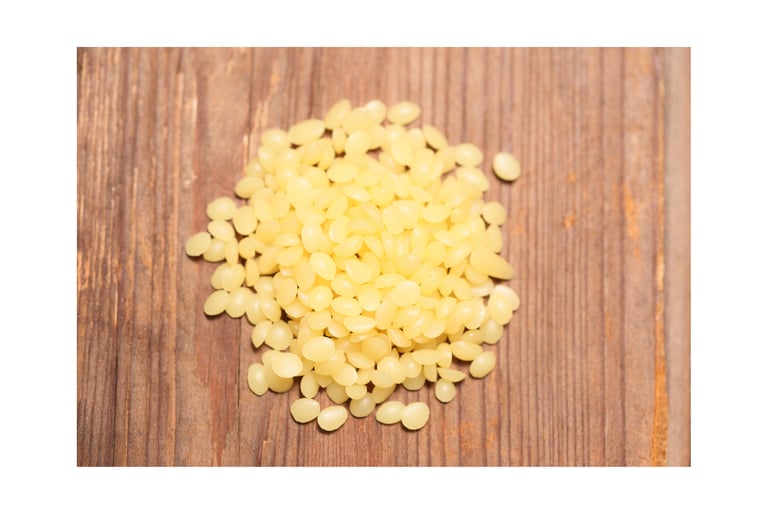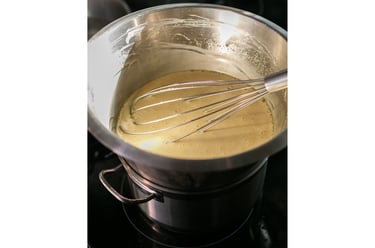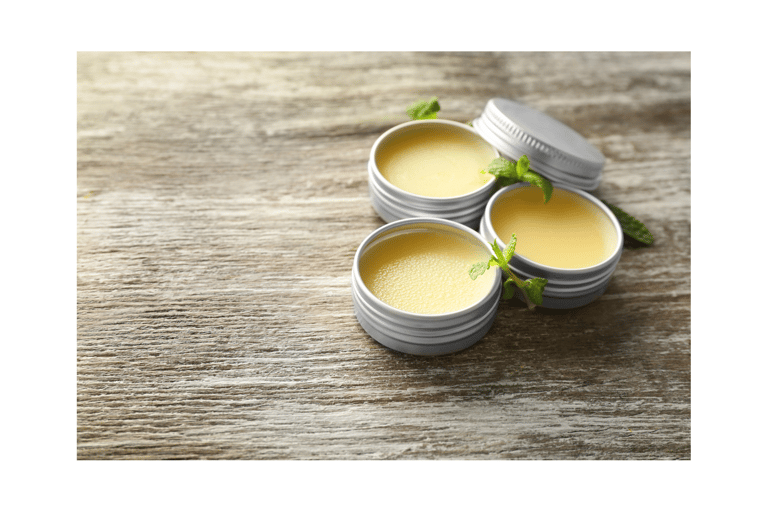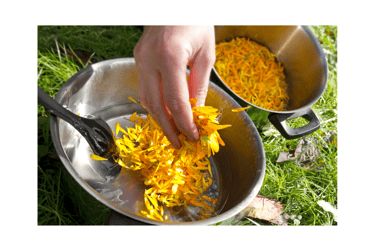DIY Salve
Learn how to make an herbal salve below!
9/26/20245 min read
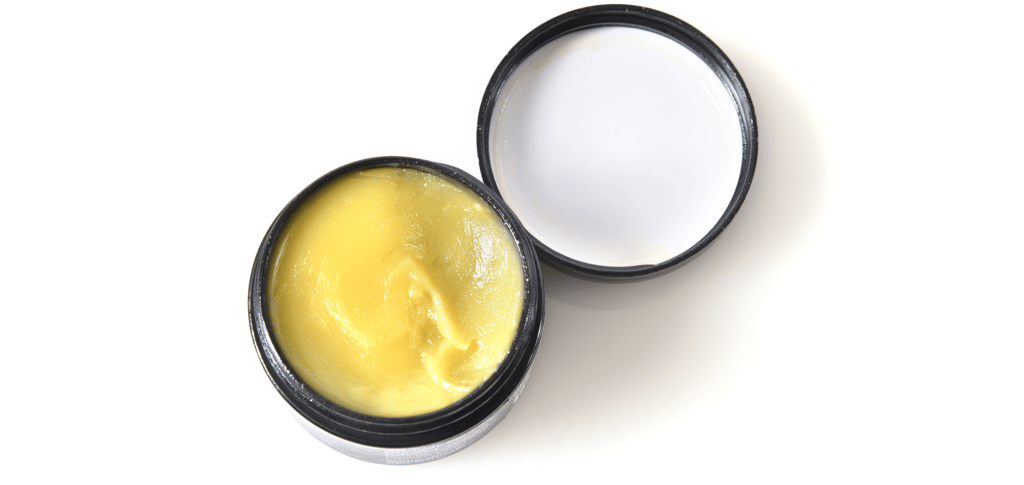

How to Make a Healing Salve: Two Main Methods
Salves are natural, ointment-like solutions made from oils and beeswax, designed to soothe, moisturize, and heal the skin. They can be infused with herbs, essential oils, and other ingredients to target specific skin concerns like dryness, irritation, or cuts. Here's a detailed guide on how to make a salve using the two most common methods: the heat infusion method and the cold infusion method.
Ingredients & Materials Needed:
Carrier Oil: Olive oil, coconut oil, or sweet almond oil are popular choices. These oils act as the base of your salve.
Beeswax: Adds structure and thickness to the salve, turning the oil into a solid balm. You can use beeswax pellets or grate a beeswax block.
Herbs (Optional): Dried calendula, chamomile, comfrey, lavender, or plantain are great for healing, soothing, and anti-inflammatory properties.
Essential Oils (Optional): Add for fragrance or additional therapeutic benefits (e.g., tea tree for antibacterial, lavender for calming).
Vitamin E Oil (Optional): Acts as a natural preservative and is great for skin health.
Tools:
Double Boiler or Heatproof Bowl: For melting the beeswax and oil.
Glass Jars or Tins: For storing the salve.
Cheesecloth or Fine Strainer: To strain herbs from the oil.
Measuring Spoons and Cups
Stirring Spoon or Whisk
Thermometer (Optional): Helps to control temperature during the process.
Method 1: Heat Infusion Method
This is the quicker method and works by gently heating your herbs and oils together. It’s perfect if you want to make your salve quickly, and it extracts herbal properties using heat.
Step-by-Step Instructions:
1. Prepare Your Ingredients
Measure Carrier Oil: Use about 1 cup of carrier oil as your base. Olive oil is nourishing, while coconut oil has antimicrobial properties.
Choose Herbs: If you’re using herbs, use about 1/4 to 1/2 cup of dried herbs. Popular choices include calendula (for healing), chamomile (soothing), and comfrey (anti-inflammatory).
2. Infuse the Oil with Herbs
Double Boiler Setup: Set up a double boiler or use a heatproof bowl over a pot of simmering water. Add your carrier oil and dried herbs to the top pot or bowl.
Heat the Oil: Slowly heat the oil and herbs on low to medium heat, keeping the temperature between 120°F to 140°F (49°C to 60°C). Let the mixture heat for about 1-2 hours to fully infuse the herbal properties into the oil. Stir occasionally.
Tip: Avoid boiling or overheating the oil as it can destroy beneficial properties.
3. Strain the Oil
Remove from Heat: Once the oil is well-infused, remove it from the heat.
Strain the Herbs: Use a cheesecloth or fine mesh strainer to separate the herbs from the infused oil. Discard the herbs and keep the infused oil.
4. Melt the Beeswax
Measure Beeswax: Use about 1 ounce of beeswax for every 1 cup of infused oil. If you want a firmer salve, add more beeswax; for a softer salve, use less.
Melt in Double Boiler: Place the beeswax in the double boiler and gently melt it into the infused oil, stirring occasionally until fully blended.
5. Add Essential Oils and Vitamin E
Optional Step: Add 10-20 drops of essential oils (like lavender for calming or tea tree for antibacterial benefits) and 1/2 teaspoon of vitamin E oil for its skin-healing and preservative properties.
6. Pour and Set
Pour into Jars or Tins: Carefully pour the warm liquid salve into clean glass jars or tins. Allow the salve to cool completely, which should take about 30 minutes to 1 hour.
Store: Once cooled, cap the containers and store your salve in a cool, dry place. It should last for 6-12 months, depending on the storage conditions and the oils used.
Method 2: Cold Infusion Method
The cold infusion method involves steeping herbs in oil over an extended period without heat. This method is gentler and preserves more of the delicate nutrients in the herbs, but it takes more time.
Step-by-Step Instructions:
1. Prepare Your Ingredients
Herbs and Carrier Oil: Just like the heat method, choose your herbs and oil. You’ll need about 1/4 to 1/2 cup of dried herbs and 1 cup of carrier oil.
2. Create a Cold Infusion
Combine Herbs and Oil in a Jar: Place your dried herbs in a glass jar and pour the carrier oil over them until the herbs are fully submerged.
Let it Steep: Seal the jar tightly and place it in a sunny window or warm spot. Allow the herbs to infuse in the oil for 4 to 6 weeks. Shake the jar gently every few days to help the process.
Tip: Be patient; the longer it steeps, the stronger the herbal infusion will be.
3. Strain the Oil
After 4-6 weeks, strain the herbs from the oil using a cheesecloth or fine strainer. You’ll be left with a potent herbal-infused oil.
4. Melt the Beeswax
Use a Double Boiler: Melt about 1 ounce of beeswax for every 1 cup of infused oil in a double boiler. Stir until fully combined.
5. Add Essential Oils and Vitamin E
Add essential oils and vitamin E as desired (same amounts as in the heat method).
6. Pour and Set
Pour the salve mixture into clean jars or tins, let it cool, and store in a cool place.
How to Use Your Salve:
Apply to Dry Skin: Rub a small amount of salve onto dry skin, cracked hands, or irritated patches.
Healing Cuts and Scrapes: Use the salve to soothe minor cuts, scrapes, or insect bites.
Massage Sore Muscles: If you’ve infused the oil with herbs like arnica or comfrey, it’s great for massaging sore muscles.
Tips for Best Results:
Shelf Life: Most salves last 6-12 months. To extend the shelf life, add a few drops of vitamin E oil or store it in the fridge.
Customization: Feel free to experiment with different herbs and essential oils to target specific skin concerns.
With these two methods, you can easily customize and create your own healing salve, perfect for a variety of skin issues.
